Today, I’ll explore transitive and intransitive verbs, which can often be confusing for those studying grammar. I hope this explanation clarifies things for you!
Intransitive Verbs
Point 1. Focus is on an action causing a change
運転手はタクシーを止めました。
/untenshu wa takushii o tomemashita./
The driver stopped the taxi.
部屋の窓を閉めました。
/heya no mado o shimemashita./
I closed the window of my room.
オフィスの電気を消しました。
/ofisu no denki o keshimashita./
I turned off the lights in the office.
Point 2. Refers to an action that has some impelling effect on other people
ヤンさんに中国語の通訳を頼みました。
/yan-san ni chuugokugo no tsuuyaku o tanomimashita./
I asked Mr. Yang to do the interpretation of Chinese for me.
先生が生徒を叱りました。
/sensee ga seeto o shikarimashita./
The teacher reprimanded the student.
Transitive Verbs
Point 1. Focus is on the result of an action causing a change
バス停にバスが止まりました。
/basutei ni basu ga tomarimashita./
The bus stopped at the bus stop.
風が強くてドアが勝手に閉まりました。
/kaze ga tsuyokute doa ga katte ni shimarimashita./
A strong wind blew, causing the door to close automatically.
人感センサーの電気が消えました。
/jinkan sensaa no denki ga kiemashita./
The motion-sensor light turned off.
Point 2. Indicates a state that occurs naturally
昨夜、大雨が降りました。
/sakuya, ooame ga furimashita./
It rained a lot last night.
去年ショートヘアにしましたが、髪がもう肩まで伸びました。
/kyonen shooto hea ni shimashita ga, kami ga moo kata made nobimashita./
Last year, I had my hair cut short, but it has already grown back to shoulder length.
雲が空に浮かんでいます。
/kumo ga sora ni ukande imasu./
The clouds are floating in the sky.
Point 3. Refers to an action that does not have any impelling effect on other people or things
上司が急に立ち上がりました。
/jooshi ga kyuu ni tachiagari mashita./
My boss suddenly stood up.
飛行機が東京上空を飛んでいます。
/hikooki ga tookyoo jookuu o tonde imasu./
An aeroplane is flying over Tokyo.
Some tips to distinguish between transitive and intransitive verbs
- Plain form verbs ending in “-aru” (e.g., 止まる, “to stop”) are intransitive. Changing the “-aru” ending to “-eru” (e.g., 止める, “to stop something”) makes them transitive.
- Plain form verbs ending in “-reru” (e.g., 壊れる, “to break”) are typically intransitive.
- Plain form verbs ending in “-su” (e.g., 壊す, “to break something”) are all transitive.
- Intransitive verbs include those describing naturally occurring states, such as 咲く (“to bloom”), 降る (“to rain, snow, etc.”), or 光る (“to shine”).
- Intransitive verbs also describe actions that do not directly affect other people or things, such as 座る (“to sit down”), 立つ (“to stand up”), or 飛ぶ (“to fly”).
- Transitive verbs are always paired with the particle を (e.g., ドアを閉める, “to close the door”; ピザを食べる, “to eat pizza”; 日本語を話す, “to speak Japanese”). Intransitive verbs, however, pair with other particles like が, に, or へ (e.g., ドアが閉まる, “the door closes”; ソファに座る, “to sit on the sofa”; 風船が空へ飛んでいった, “the balloon flew up to the sky”).
*Note: There are exceptions. (I know.) E.g. 入れる (“to put in”) ends in “-reru” but is transitive and often pairs with the particle に (e.g., 〜に入れる, “to put into ~”).
参考 (Reference): 新完全マスター 文法 日本語能力試験 N3



コメント